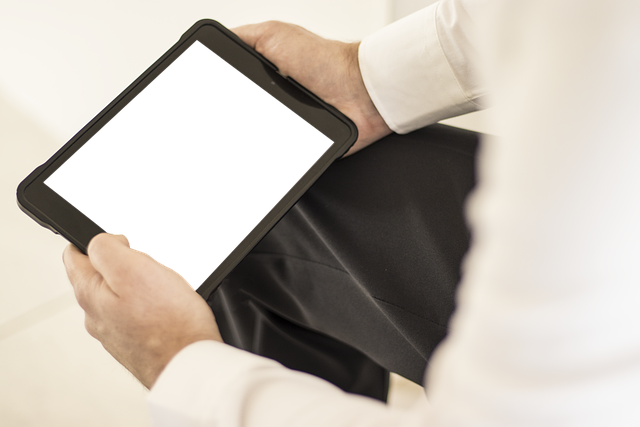
Capacitive touchscreens are all around us. You can find them in smartphones, tablets, smart refrigerators, point-of-sale (POS) systems, human machine interfaces (HMIs), smartwatches and more.
While there are other types of touchscreens available, none are more popular than capacitive. Mutual capacitive touchscreens fall under this category. They use capacitive technology to detect touch commands. What are mutual capacitive touchscreens, and how do they work?
What Is a Mutual Capacitive?
Mutual capacitive is a touchscreen technology that leverages the principle of mutual capacitance to detect touch commands. It’s one of several forms of capacitive touchscreen technology. With mutual capacitive, touch commands will form a capacitor on the display interface. These capacitors allow mutual capacitive touchscreens to determine when and where the touch commands occur.
Capacitive touchscreens are available in different technologies. They all require the use of a conductive object, such as a bare finger, to perform touch commands. Nonetheless, there are different forms of capacitive touchscreen technology, one of which is mutual. Mutual capacitive touchscreens are designed to register touch commands in response to the formation of a capacitor.
How Mutual Capacitive Touchscreens Work
All mutual capacitive touchscreens use mutual capacitance to detect touch commands. Mutual capacitance means that two or more conductive objects will hold a charge when they are close together. Your finger is a conductive object. When you move it to the display interface of a mutual capacitive touchscreen, it will absorb and hold a charge from the device.
Most mutual capacitive touchscreens feature a grid of conductive traces. The conductive traces are used to form the capacitors. Mutual capacitive touchscreens have rows of conductive traces, and they have columns of conductive traces, both of which intersect each other.
Upon moving your finger near the display interface, your finger will draw some of the device’s electrical charge. The mutual capacitive touchscreen will form a capacitor at the nearest junction of the conductive traces. This will allow the mutual capacitive touchscreen to identify the location of your touch command.
Benefits of Mutual Capacitive Touchscreens
Mutual capacitive touchscreens are highly responsive. You don’t need to press the display interface with a lot of force. You don’t need to use any force, in fact. As long as your finger is close enough to the display interface, it will register a touch command.
When compared to other types of touchscreens — especially resistive touchscreens — mutual capacitive touchscreens tend to last longer. They don’t have moving parts. Mutual capacitive touchscreens leverage the concept of mutual capacitance to detect touch commands, so they don’t wear down as quickly as other touchscreens.
